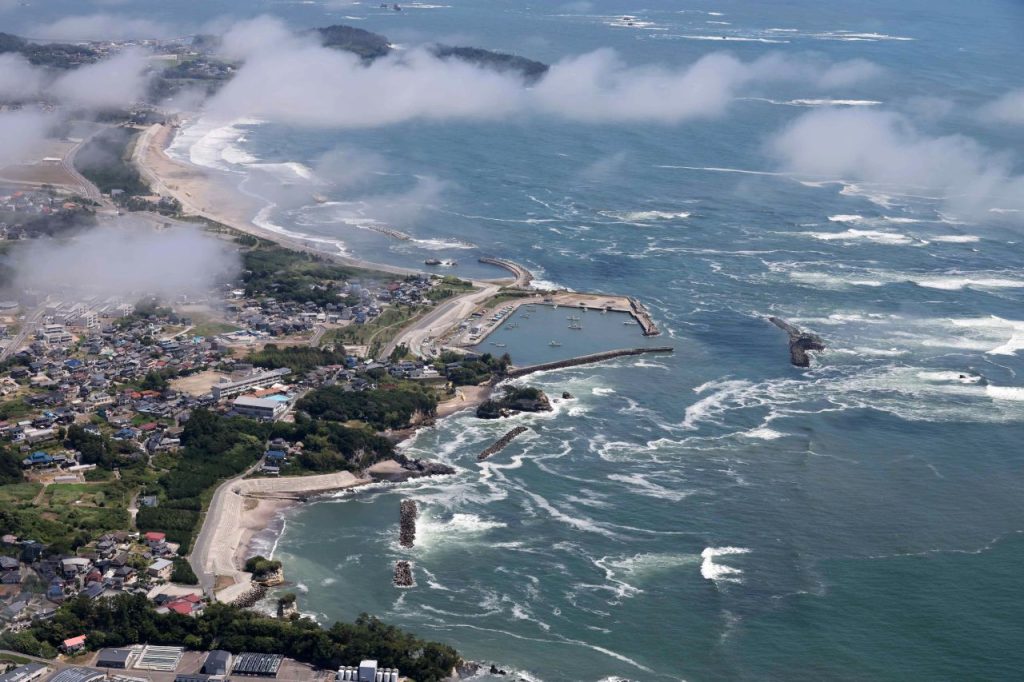A massive 8.8 magnitude earthquake struck near Russia’s Kamchatka Peninsula, triggering widespread tsunami warnings across the Pacific region, including Hawaii, Japan, Alaska, Canada, and the U.S. West Coast. Shortly after the quake, tsunami waves began hitting Hawaii’s coastal areas, prompting swift action from state authorities.
Emergency Measures in Hawaii
Authorities in Hawaii have issued urgent evacuation orders, urging residents to stay away from all coastal zones until further notice. The first tsunami waves reached Hawaii around 7:17 p.m. local time, with waves measuring up to 6 feet (1.8 meters) recorded at multiple locations including Oahu, Maui, and Midway Atoll.
Governor Josh Green activated emergency protocols, directing citizens to move inland or seek higher ground. Public shelters have been opened across the islands, and emergency sirens and mobile alerts have been deployed to inform residents.
Broader Pacific Threat
The tsunami threat has extended across the Pacific:
- Japan ordered evacuations in multiple prefectures including areas near the Fukushima nuclear plant, where waves up to 3 meters were observed.
- Alaska, California, and the U.S. West Coast are under tsunami advisories, especially vulnerable spots like Crescent City, Oregon, and Washington State.
- Guam, Indonesia, British Columbia, and New Zealand are on high alert for wave surges and dangerous sea currents.
Tsunami Facts and Safety Guidelines
| Detail | Information |
|---|---|
| Earthquake Magnitude | 8.8 (Kamchatka Peninsula, Russia) |
| Impacted First | Hawaii, Japan, U.S. West Coast |
| Tsunami Wave Height (HI) | 4–6 feet |
| Arrival Time in Hawaii | ~7:17 p.m. local time |
| Safety Instruction | Stay inland; avoid all beaches and harbors |
Authorities emphasize that tsunami events often involve multiple waves over several hours, and the first wave is not always the largest. Citizens are advised to remain in safe areas until official clearance is issued.
Global Response & Preparedness
Emergency management agencies across the Pacific are coordinating real-time data sharing, rescue readiness, and public communication. Aviation, marine transport, and coastal business operations have been temporarily suspended in affected zones. The U.S. Pacific Tsunami Warning Center continues to monitor aftershocks and wave patterns.
What to Do If You’re in a Coastal Region
- Immediately evacuate low-lying and beachfront areas.
- Head to higher ground or designated emergency shelters.
- Avoid roads near the shore to allow emergency teams to operate.
- Stay tuned to official emergency broadcasts and mobile alerts.
- Do not return to the beach until authorities declare it safe.
Final Word
The tsunami threat triggered by the Kamchatka earthquake is a reminder of the powerful forces of nature and the importance of preparedness and rapid response. As Hawaii and other Pacific regions face the aftermath of this seismic event, emergency teams continue to ensure the safety of millions through coordinated evacuations and advisories.



Comments (0)
No comments yet. Be the first to comment!
Leave a Comment